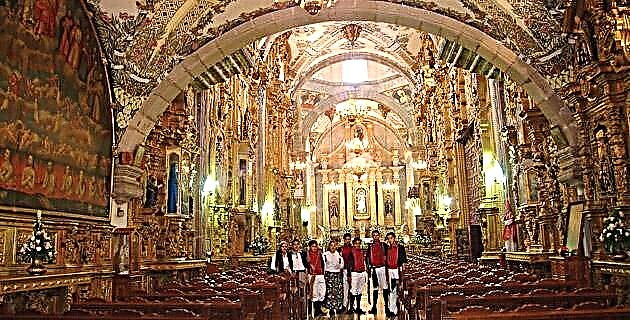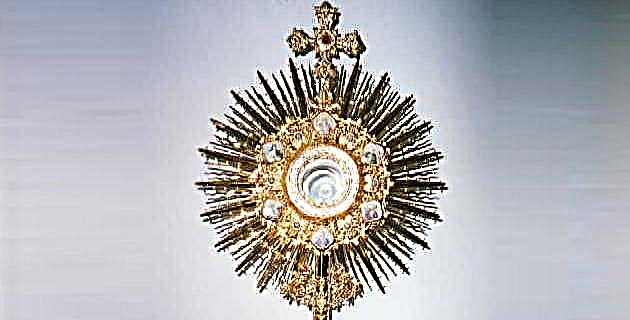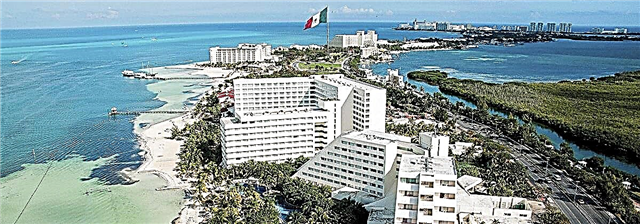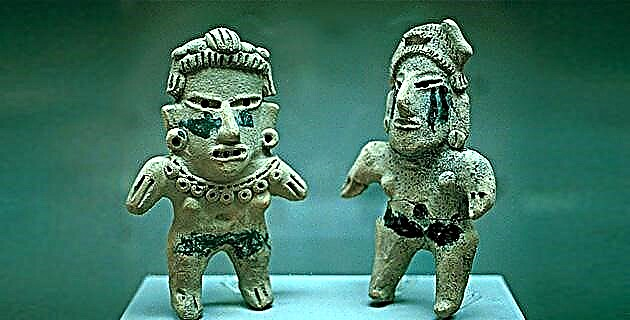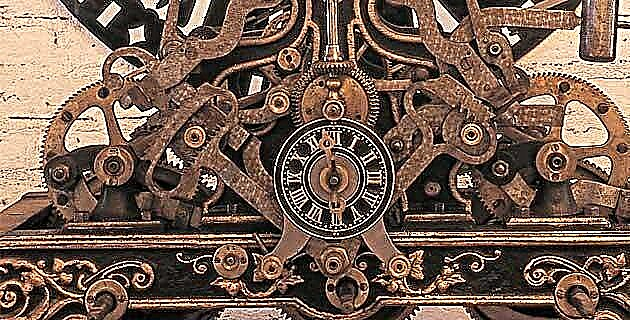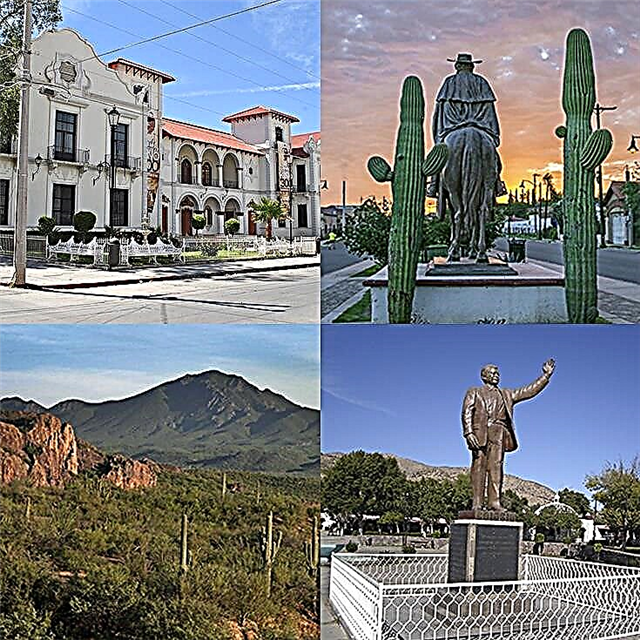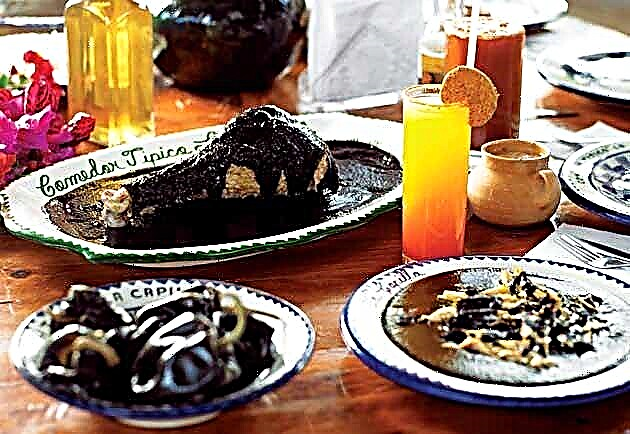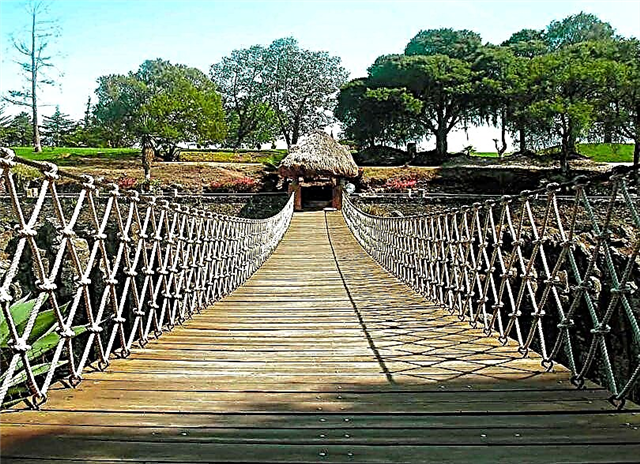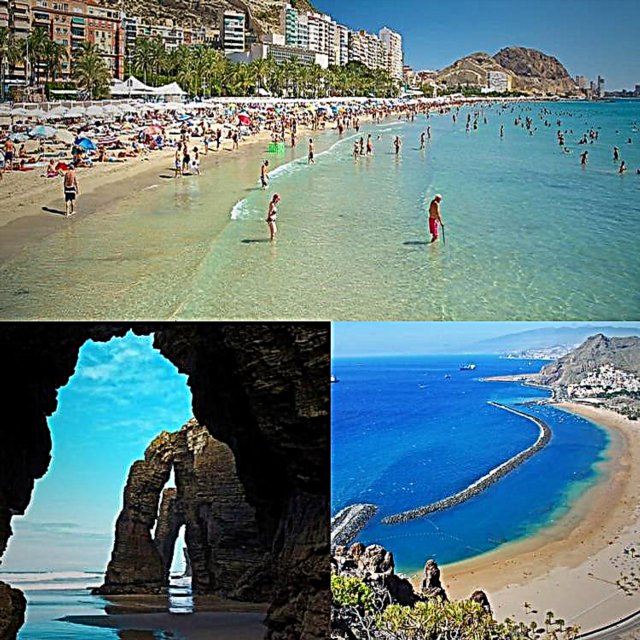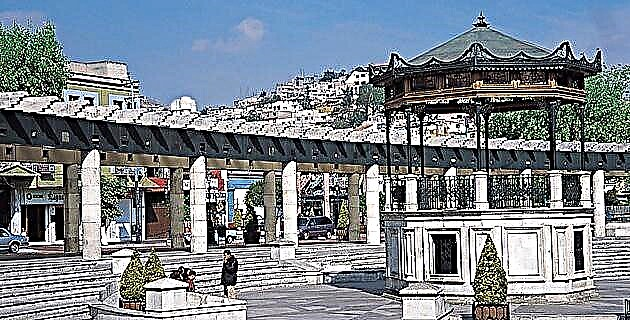
Located at more than 2,600 meters above sea level and with a climate "one of the coldest in the region of the central Mexican highlands", the capital of the State of Mexico is an active, beautiful and hospitable city. Come and meet her!
The Matlatzinca population was called Tollocan, which means "Place of reverence", and it was an important ceremonial center. The indigenous people who inhabited the valley had an advanced technique for agricultural work, which is why the granaries of the last Mexican emperors were located there. After the conquest, Toluca was part of the Marquis of the Valley of Oaxaca granted to Hernán Cortés by the King of Spain in 1529.
Its proximity to the capital of Mexico (only 64 kilometers away) made Toluca the agricultural collection center of what we now know as the State of Mexico. In its surroundings, and despite its accelerated urban growth in recent years, corn, beans, chili, broad beans and beets are still grown, among other products.
Toluca was declared a city in 1677 and capital of the state in 1831. Its inhabitants have always participated in the struggles of Mexico for its independence and its consolidation, but it was during the Porfiriato, at the end of the 19th and early 20th centuries, when it received a great boom as an industrial and commercial city.
The cereal, beer and textile industry, the state bank, forestry and the many arts and crafts schools, as well as its university, made it a thriving city with a promising future.
Toluca, capital of the most populated state in Mexico, has excellent communication to all parts of the country through an extensive network of highways. Today its international airport is the most efficient alternative airway for Mexico City.
Located 2,600 meters above sea level, Toluca has a temperate climate; its urban limits have been extended considerably, so that many small neighboring towns are now part of it.
In Toluca, history and modernity blend harmoniously. With more than a million inhabitants, it offers all the services of a modern city, but is also proud of the many historical sites that await the visitor in streets, squares, temples and museums and that tell them about a rich past.
Like all ancient cities in Mexico, Toluca has developed around its central plaza, drawn in colonial times, but of which very few architectural vestiges remain. The Plaza Cívica, also called “de los Mártires” in honor of the insurgents sacrificed during Independence, is worth a visit. Around the square are the government palace, the municipal palace and the legislative headquarters. On the south side stands the Cathedral of the Assumption, projected in 1870, imposing for its design, which resembles the old Roman basilicas, with a dome crowned by a statue of Saint Joseph, patron of the city. Attached to the cathedral is the temple of the Third Order, in a popular baroque style that preserves important works of art.
The portals, in the heart of the city, form a set of numerous shops of the most varied items, among which the shops of typical sweets, famous throughout the country, such as milk ham, coconut stuffed lemons, marzipan, jellies, baked fruits and in syrup, cocadas and pome sweets, among others.
A few steps from the plaza is the Botanical Garden, which houses the spectacular Cosmo Vitral of almost 2,000 square meters, one of the largest in the world, the work of the Mexican Leopoldo Flores. The theme of the stained glass, masterfully made, is man and the cosmos, the duality between good and evil, life and death, creation and destruction.
In the same Botanical Garden, between an artificial lake and waterfall, one hundred thousand specimens of plants can be admired, almost all of them classified by the Japanese scientist Eizi Matuda, who is paid a well-deserved tribute with a bronze bust. Other places of interest in Toluca are the temples of Carmen, that of the Third Order of San Francisco and that of Santa Veracruz, where a 16th century black Christ is venerated.
THE FIRST STATUE OF THE FATHER OF THE COUNTRY
The first statue erected in honor of Don Miguel Hidalgo is in Tenancingo. This sculpture was designed in 1851 by Joaquín Solache and carved in a quarry in the region by the priest of Tenancingo, Epigmenio de la Piedra.
NOT TO BE MISSED
If you go to Toluca, do not miss the opportunity to eat a delicious cake at the "Vaquita Negra", a tortería with more than 50 years of experience, located in the portals, in Hidalgo, on the corner of Nicolás Bravo, in the center. There are many stews, but the "toluqueña" or the "devilish", made in honor of the Red Devils of Toluca, are unique, since they are made with house chorizo.

